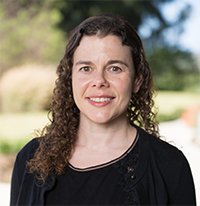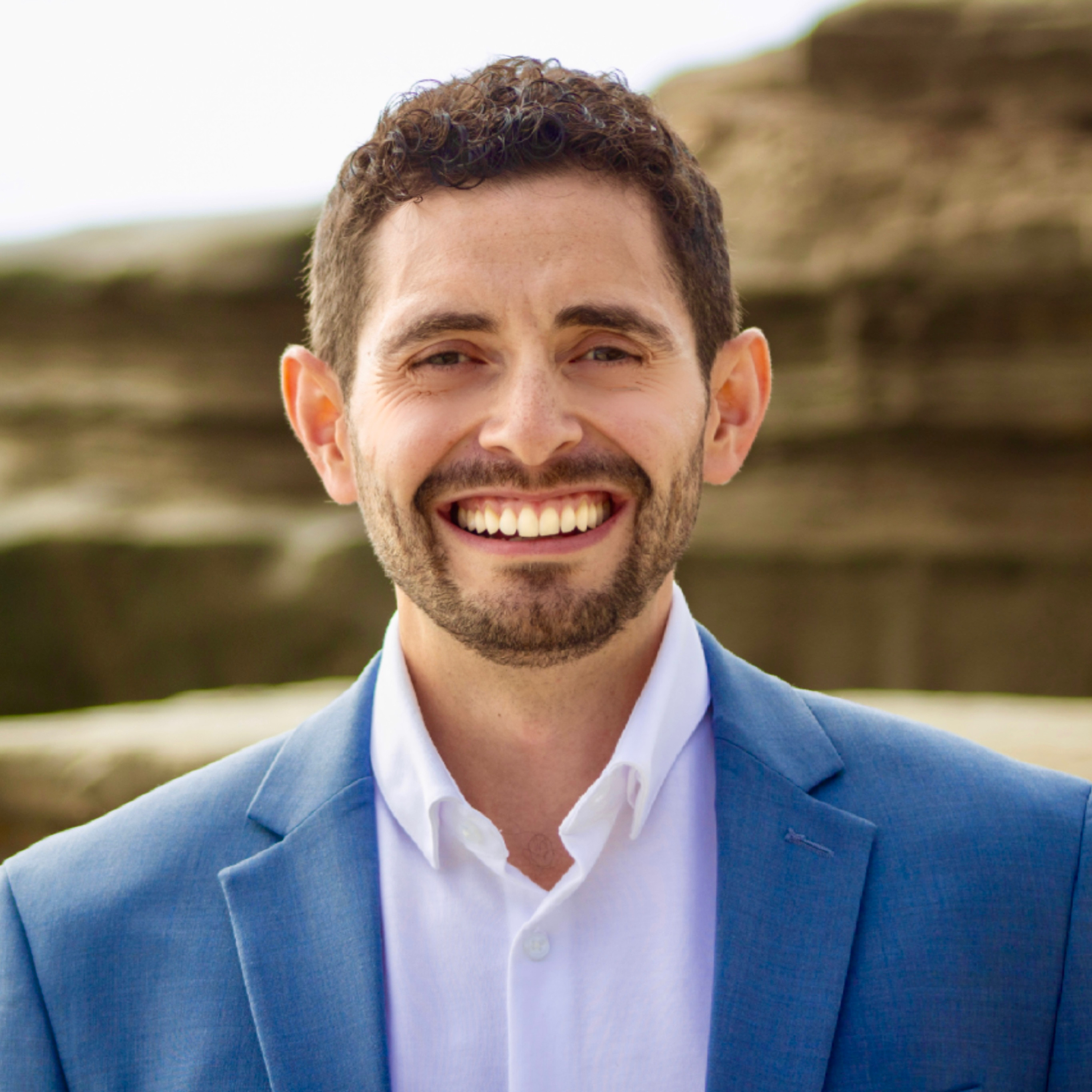A 6-step Roadmap to Diversify Faculty Hiring in Biomedical Engineering
Story by:
Published Date
Article Content
Researchers from 16 top engineering programs in the nation, including bioengineers at the University of California San Diego, have established a roadmap for hiring diverse faculty members into biomedical engineering departments. The team is led by researchers at the University of Texas at Austin.
The authors of the new paper, published in Nature Biomedical Engineering on August 14, 2023, call for an overhaul of hiring processes in engineering that despite best efforts have failed to increase diversity. The problem, the researchers argue in the paper, is that departments "lack the education and skills needed to effectively hire faculty candidates from historically excluded groups."
The research team details six major steps necessary to increase diversity in faculty hiring, based on evidenced-based best practices as well as experiences in their own institutions. The primary goal is to actively recruit a more diverse group of applicants and improve the rate that PhDs from historically excluded groups go on to become faculty members.
“You can't just say ‘it’s not our fault, we don't get the applicants;’ that’s passing the buck,” said Elizabeth Cosgriff-Hernandez, a professor in the UT Austin Cockrell School of Engineering’s Department of Biomedical Engineering. “If you want to change the diversity of your hiring program, you have to change how you’re getting applicants and how you evaluate them.”
It is true that there is a "pipeline problem." Only 4.4% of all PhD recipients come from historically excluded groups, according to the paper. But even if that number increases, the researchers say, there is a "conversion problem," of getting people from these groups into faculty positions that continues to prevent the diversification of academia.

"There is no one strategy that will all of a sudden diversify the biomedical engineering professoriate – what's why we came together as a community to build this roadmap," said paper co-author Karen L. Christman, a UC San Diego bioengineering professor who also serves as Associate Dean for Faculty Affairs and Welfare at the UC San Diego Jacobs School of Engineering.
Proactive engagement, recruitment and development of consistent rubrics with fleshed out criteria to evaluate candidates are some of the themes the researchers emphasize. For instance, the researchers cite studies showing that a lack of strict criteria leads to less diverse hiring and "sliding bias."

"I am delighted to have participated in constructing a roadmap to diversify the biomedical engineering professoriate with distinguished colleagues in our community," said UC San Diego bioengineering professor Brian Aguado, co-author on the new paper in Nature Biomedical Engineering. "Through proactive engagement and recruitment through multiple organizations and programs supporting historically marginalized communities in STEM, including NextProf Pathfinder alumni, LatinXinBME, BlackinBME, ABRCMS, SACNAS, and countless other organizations, I am optimistic we can execute our vision for a more inclusive biomedical engineering community."
"I'm proud of the much needed progress we have made here in our bioengineering department, at the Jacobs School of Engineering, and at UC San Diego overall in terms of faculty hiring," said Christman. "At the same time, I look forward to engaging in the work that still needs to be done, as a department, a school, and an academic community. While initially focused on biomedical engineering, the roadmap could easily be applied to other engineering disciplines where increasing diversity in faculty hiring is also needed."
At UC San Diego, this work has included co-organizing the NextProf Pathfinder program; studying the process of faculty hiring, as described in a 2022 Policy Forum in Science; engaging in concrete efforts to improve faculty hiring across all departments in the Jacobs School of Engineering; and partnering with the entire UC San Diego community on initiatives such as a cluster hire bridging Black Studies and STEM, and the Designing Just Futures initiative .
Roadmap for Equitable Faculty Hiring Practices
The researchers summarize their recommendations through a six-part roadmap published in Nature Biomedical Engineering.
1. Prepare the Department: Getting buy-in at all levels, from staff, to faculty to leadership is key. People aren't going to want to work in environments where they don't feel welcome.
2. Plan the Search: A job search can take several months, but departments should spend significant time making a game plan for the search in advance. During that time, focal points should include making sure everyone is aligned in what they are looking for in a candidate, building a strong search committee, training them to complete the task, assessing roadblocks from past searches and revising materials to embrace new hiring strategies.
3. Recruit a Diverse Pool: The search committee and department must actively search for and recruit talented applicants who bring diverse lived experiences to the department.
4. Access Holistically: To diversify the biomedical engineering faculty, search committees and departments must break out of entrenched patterns of overlooking and undervaluing exceptional candidates from historically excluded groups during their assessment. This includes careful and transparent use of rubrics.
5. Interview Inclusively: To level the playing field, the researchers recommend being transparent about the interview process. They also advocate for including students in the process, collecting independent feedback after interviews and mitigating the impact of potentially toxic faculty members.
6. Recruit Proactively: Once a top candidate has been identified, they should get the opportunity to meet students and broad members of the university community. Showcasing the department and its vision and making the environment equitable in advance can increase the chance that the prospective faculty member will accept the offer.
The project spawned out of a group called Unite BME, an informal network of dozens of biomedical engineers that came together in 2020. This group has formed several sub-committees that have published papers in scientific journals to combat issues of discrimination and lack of representation in academia.
Cosgriff-Hernandez was a co-author on a previous paper published in Cell last year calling for an end to discrimination in research funding that disadvantages Black scientists. Along with Cosgriff-Hernandez, Gabriella Coloyan Fleming of UT Austin's Center for Equity in Engineering is part of the research team.
Other team members include Brian A. Aguado and Karen L. Christman of the University of California San Diego; Belinda Akpa of the University of Tennessee; Erika Moore, Ana Maria Porras, and Gregory A. Hudalla of the University of Florida; Kelly R. Stevens and Patrick M. Boyle of the University of Washington; Deva D. Chan of Purdue University; Naomi Chesler of the University of California Irvine; Tejal A. Desai of the University of California San Francisco; Brendan A.C. Harley of the University of Illinois Urbana-Champaign; Megan L. Killian of the University of Michigan; Katharina Maisel of the University of Maryland; Kristen C. Maitland of Texas A&M University; Shelly R. Peyton of the University of Massachusetts Amherst; Beth L. Pruitt of the University of California Santa Barbara; Sarah E. Stabenfeldt of Arizona State University; and Audrey K. Bowden of Vanderbilt University.
"Equitable hiring strategies towards a diversified faculty", appears in Nature Biomedical Engineering on August 14, 2023.
This press release is based on the UT Austin press release.
Share This:
Stay in the Know
Keep up with all the latest from UC San Diego. Subscribe to the newsletter today.




